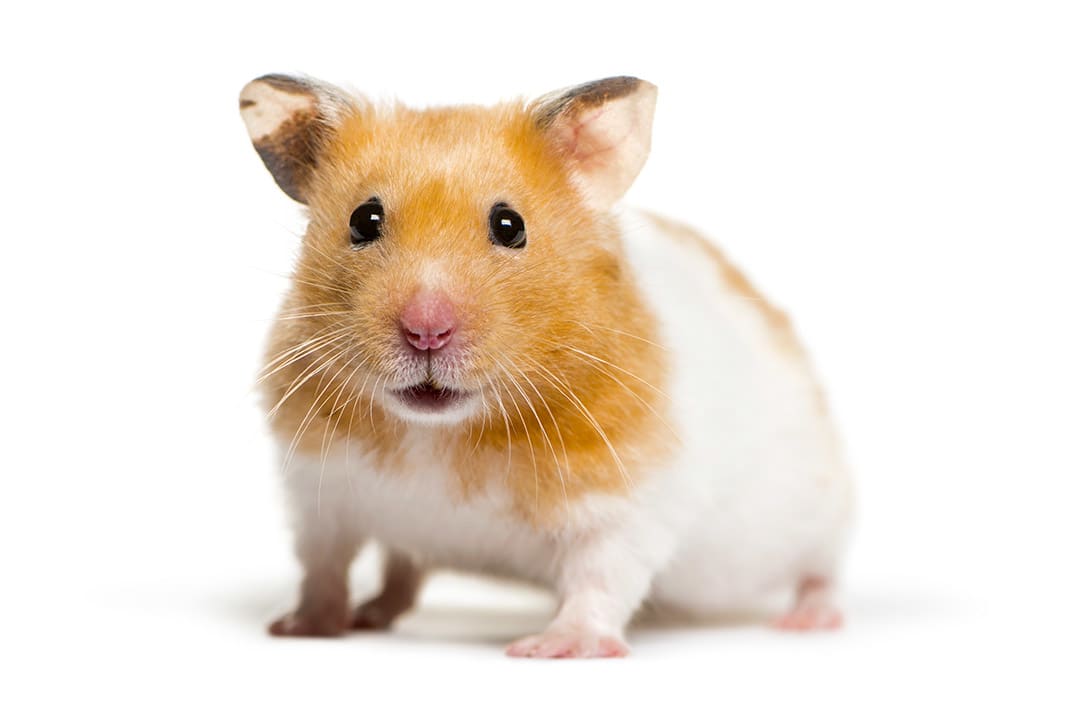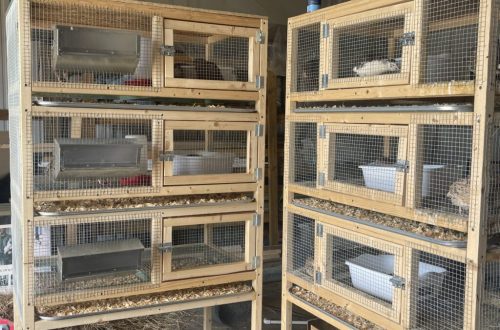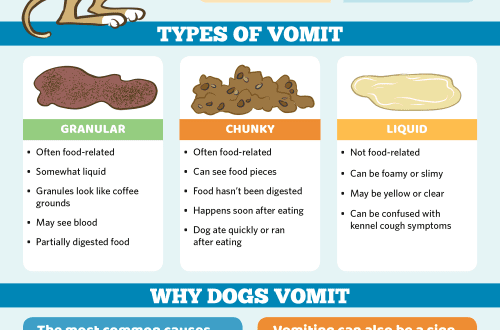
Syrian hamster: care and maintenance, how long it lives, colors, sizes and types, description and reviews
Among the most popular pets, the Syrian hamster occupies a special place. Most often it has a golden color, rarely gets sick, peaceful and active. His homeland is the Syrian deserts. Modern breeds appeared thanks to English breeders and their followers from the USA, who started breeding these cute pets about a century ago and were very successful in this.
Contents
Description of the breed and colors
In nature, Syrian hamsters are found in eastern Turkey. Artificially bred animal breeds are far superior in the variety of coat colors. The hamster resembles a small ball of wool, often golden in color, adults grow up to 13 cm long and weigh 250 grams. Females are slightly larger than males. Syrian hamsters have short legs on a dense, stocky body and a tiny tail that looks like a stub. They have a distinctive feature: there are 5 fingers on the hind legs, and on the front fifth toe is rudimentary and almost imperceptible.
On a well-fed (due to cheek pouches constantly stuffed with delicacies) muzzle, large black beady eyes stand out. The ears of the Syrian hamster are small and rounded.
The belly is lighter than the back. International standards correspond to beige, yellow, copper, chocolate, sable and smoked colors. White, dark and spotted breeds are also bred.
Among them there are long-haired, short-haired and hairless types of hamsters. In some individuals, the coat is so long that it resembles a thick train and looks very funny.
The word “hamster” is of ancient Avestan origin and means “an enemy that plunges to the ground” (they were called so because they bent plants to the soil to feast on seeds).
Content pros and cons
Syrian hamsters are very mobile, and they just need different toys.
The main thing for which these cute animals are loved is sociability and patience. They are tamed quite quickly, climbing on the shoulders and hands of their owners for a treat, they are always in excellent physical shape, actively running in a wheel, climbing supports and dragging “reserves” into their hiding place.
Syrian hamsters value cleanliness and are unpretentious at the same time. A big plus of their content is that these kids rarely get sick.
For all their merits, Syrian hamsters can cause some inconvenience to the owner:
- They are awake at night and sleep during the day, so it is not often possible to play with pets. Their active life begins in the evening, all night the Syrians are spinning in a wheel, chewing something loudly, so it is better to place the cage further from the bedroom. However, rodents themselves do not like to be disturbed during daytime hibernation. And this, too, must be taken into account when choosing a place for their housing.
- Hamsters prefer to live alone. They aggressively react to the neighborhood of their own kind, jealously guarding their territory. Due to their quarrelsome nature, it is undesirable to settle them in pairs. Alone, they are not bored, especially if there is enough entertainment in the cage (more on that later).
- Due to the fact that under natural conditions, Syrian hamsters live in shallow flat burrows, they have no instinct for self-preservation when they hit a height. Therefore, you need to ensure that the baby does not break from it and does not get hurt.
- By nature, hamsters are curious, but also very shy and shock whenever they are disturbed. For example, when changing the place of the cell, loud voices or harsh sounds, especially during sleep.
Care and maintenance of the Syrian hamster at home
Recently, many animal lovers around the world prefer to grow decorative Syrian hamsters. Their immunity to infection is quite persistent, the animals are unpretentious in their care, but you still need to know the rules for keeping them so that the pets live as long as possible.
A cheerful Syrian needs a suitable cage with a base size of at least 40 by 60 cm with frequent metal rods and a plastic low pallet. These requirements are mandatory because of the sharp teeth of the hamster and to prevent him from escaping from the cage.
What to feed
Proper nutrition is the key to a healthy hamster
In food for a promiscuous rodent, it is important to follow the rule – do not overfeed. It is optimal to feed him in portions twice a day, otherwise there may be a danger of obesity.
Nutrition should be balanced, with the inclusion of different types of grains – germinated wheat, rice, millet, oats. Also, the hamster needs grass or hay, greens (garden and natural), a variety of vegetables and fruits or dried fruits. Useful fresh low-fat cottage cheese, cheese, milk (in small quantities). Syrian hamsters drink little, but there should always be clean water in the drinker.
A hamster can store food weighing up to 90 kilograms. Usually they store much more than they can eat in winter.
There are ready-made hamster foods that include up to 23% protein, 6% fat and 10% fiber. They need to be given in portions, removing half-eaten food daily to avoid poisoning.
Do not feed hamsters citrus fruits, roasted seeds, soft bread (may choke), chocolate and other sweets (including sugar), kefir, yogurt, nuts, cabbage, butter, fish oil. It is useful for a kid to sharpen his teeth on twigs of fruit trees and a mineral stone.
Hygiene and bathing
To maintain the health of the hamster, weekly cleaning of his home and all items in it is mandatory. They are cleaned, disinfected with a soap or soda solution, avoiding chemicals. The “stash” of the baby after cleaning needs to be updated.
The desert animal cleans the skin itself, for this he needs a tray with clean sand. Some individuals like to wallow in it. It is useful to comb their coat periodically, especially if it is thick.
Bathing Syrian hamsters in water is carried out only as a last resort, for them it is fraught with stress. Only warm water is suitable, you can not wet the head and muzzle of the animal, and immediately after bathing it is necessary to dry its fur with a hairdryer.
Diseases and treatment
If you see changes in your hamster’s health, contact your veterinarian immediately.
With improper care or infection with viral infections, Syrian hamsters can get sick. They have boils, dental diseases, obesity, hair loss, inflammation of the cheek pouches, herpes, intestinal poisoning, false rabies, trichomoniasis or conjunctivitis and other problems.
Anxiety and a reason to see a doctor should cause such signs:
- unmotivated aggression, excessive fearfulness and body trembling;
- labored breathing;
- apathetic state;
- matted or wet fur, on which bald spots appear;
- wounds, sores, swelling;
- change in the consistency, color, smell and frequency of stools;
- constant itching of the skin.
The best prevention of diseases is following the requirements of pet care, good nutrition, airing the room without drafts. The appointment of treatment for hamsters should only be handled by a veterinarian, without his consultation it is not permissible.
Vaccination
There are no vaccines for hamsters; preventive vaccinations are not given to them.
Choice of accessories
A comfortable house with all the accessories is necessary for a hamster to be happy.
For normal development in the cage of a Syrian hamster, there must be such obligatory items:
- Litter. Its role is to absorb unpleasant odors, facilitate cleaning of the cage. When the temperature in the room drops, some individuals like to burrow into it to keep warm. The best ingredients for bedding are special fillers for hamsters in the form of wood pellets. Cat litter, newspapers or fabrics are dangerous.
- The running wheel is in the form of a solid canvas, its size is selected individually according to the dimensions of the rodent.
- Ladders, perches, labyrinths. Hamsters love unpretentious toys made from natural materials – twigs, cardboard tubes, roots and others.
- Drinking bowl with fresh, warm water with a capacity of up to 50 ml.
- Massive feeder, which is difficult to turn over. It is better if these are two ceramic plates (for dry and wet food). The containers are chosen according to the size of the pet so that it fits in them, as they often sit in the feeder while eating.
- A house (mink), which must be rigidly fixed in the cage, otherwise the hamster will constantly move it.
- The toilet is a tray with special sand for rodents.
Rodent breeding
Sexual maturity in hamsters occurs at one and a half months, at this age they are ready for reproduction and are able to reproduce offspring. Syrian hamsters are very prolific, at 20-25-degree temperature, the female can produce 3-4 litters annually, each of which has an average of 6-7 cubs.
How to determine gender
To determine the sex of a Syrian hamster, it is enough to know the following signs:
- The coat of males is longer and softer than that of females.
- In males, testicles are noticeable, their anus and urethra are located further on the abdomen than in women.
- Some females have visible nipples on their tummy.
Mating
By the time of mating, females must reach the age of at least two months, for males this time comes even earlier. Mating of hamsters ends with success only if the females have estrus, which happens every 5 days. At this time, the couple is placed in a separate large cage. After fertilization, the male is removed in order to avoid possible injuries to partners due to the cockiness of the pregnant hamster.
Reproduction and pregnancy
A female Syrian hamster can give birth to 2-4 offspring per year.
The female Syrian hamster bears offspring for 18 days, giving birth (usually at night) to 4-15 hamsters. Before giving birth, a general cleaning of the cage is required, you need to change the litter and provide the expectant mother with food. She especially needs proteins (preferably boiled poultry meat), boiled yolks and low-fat cottage cheese. She needs the same products during lactation, which lasts up to a month.
How to care for newborn hamsters
Newborn babies should not be picked up, otherwise the “strict” mother, catching a foreign smell, can eat the entire litter. The first month, when they feed only on mother’s milk, a female with a litter should not be disturbed at all.
The cage with them is placed in a quiet, darkened place. On the 30th day of life, babies are introduced to complementary foods with protein foods. And at five weeks of age they are usually weaned from their mother.
Hamsters are born with teeth, which are rare in the animal world. Like guinea pigs, hamsters have to grind them down constantly as they grow throughout their lives.
Pet training and play
Taming Syrian hamsters is best done at a young age and should be done gradually and very carefully. After all, you can scare the baby, and then he will stop trusting the owner for a long time.
Communication with a pet should be systematic, but unobtrusive. To do this, it is useful to use the animal’s favorite food – seeds, slices of fruits and vegetables. Taming adult hamsters is more difficult, they can bite. But even after this, the process cannot be stopped, otherwise the rodent will understand that they are afraid of it, and will constantly use this technique. Only patience helps in accustoming the Syrian to hands.
You need to be careful when playing with your hamster so as not to scare him.
Games are specific, a small rodent does not perceive “squeezing” and caresses as a manifestation of care, he is afraid of this. You can pick it up, but you can’t do it against your will.
A playing hamster climbs on his arms, shoulders, treats himself from the palm of his hand, he is interested in exploring objects. Playing with a hamster is, first of all, taking care of his needs and respecting his habits. You can not raise your voice and punish the pet. Such actions are not clear to him, this will cause distrust of the owners.
How long do Syrian hamsters live at home
In captivity, Syrian hamsters live no more than three years, and even less in the natural environment. Individuals of natural golden color live the longest, there is a known case when such a hamster lived up to 7 years.
How to name a pet
Names for boys:
- By color: Ruddy, Persian, Apricot, Snowball, White, Nochik, Gray, Dorian.
- Appetizing: Sandwich, Khrum, Donut.
- Comic: Batman, Balthazar, Terminator.
- Classic: Khoma, Nafanya, Khomich, Puff, Chip, Dale, Grisha.
Names for girls:
- By color: Sunny, Snow White, Snowflake, Pearl, Bagheera.
- Likes: Sonya, Maya, Weasel, Lapochka.
- Taste: Marshmallow, Raspberry, Berry, Caramel.
- Standard: Shusha, Khomichka, Masha, Shura, Khomka.
Owner feedback
The Syrian hamster is the most adequate and calm homa of its kind.
A year ago we bought a pair: a female and a male. The girl was not found in her arms at all. She bit to the meat, squeaked, hissed, darted from corner to corner, threw herself on her hands when bowls were placed. But the male turned out to be the calmest creature in the world. Quietly crawling on the hands, sniffing, looking at. Even slept in the palms. Later, he began to ask for pens. And behaved like a real full-fledged pet.
Zlaza
Syrian hamsters are nocturnal animals, they stay awake all night, run in a wheel, eat, etc. And in the morning they go to sleep and sleep all day, without a break for lunch (unlike Djungarian hamsters, who wake up during the day to eat). Therefore, we have the opportunity to communicate with Busya only late in the evening, there is no time in the morning. In view of this, every evening we wait for the hamster to wake up and delight us with her appearance, and we with her sweets and cleaning the cage.
Samarochka
If you need a cute cute animal that will live quite independently and without your special participation, will not require a global expenditure of time and money for maintenance, and at the same time it will be interesting to watch it, the Syrian hamster is very suitable.
Kabanova Ksenia Viktrovna
Syrian hamsters are beloved decorative pets, beautiful and mischievous. They are quite easy to tame, not demanding in care, very clean and active.





